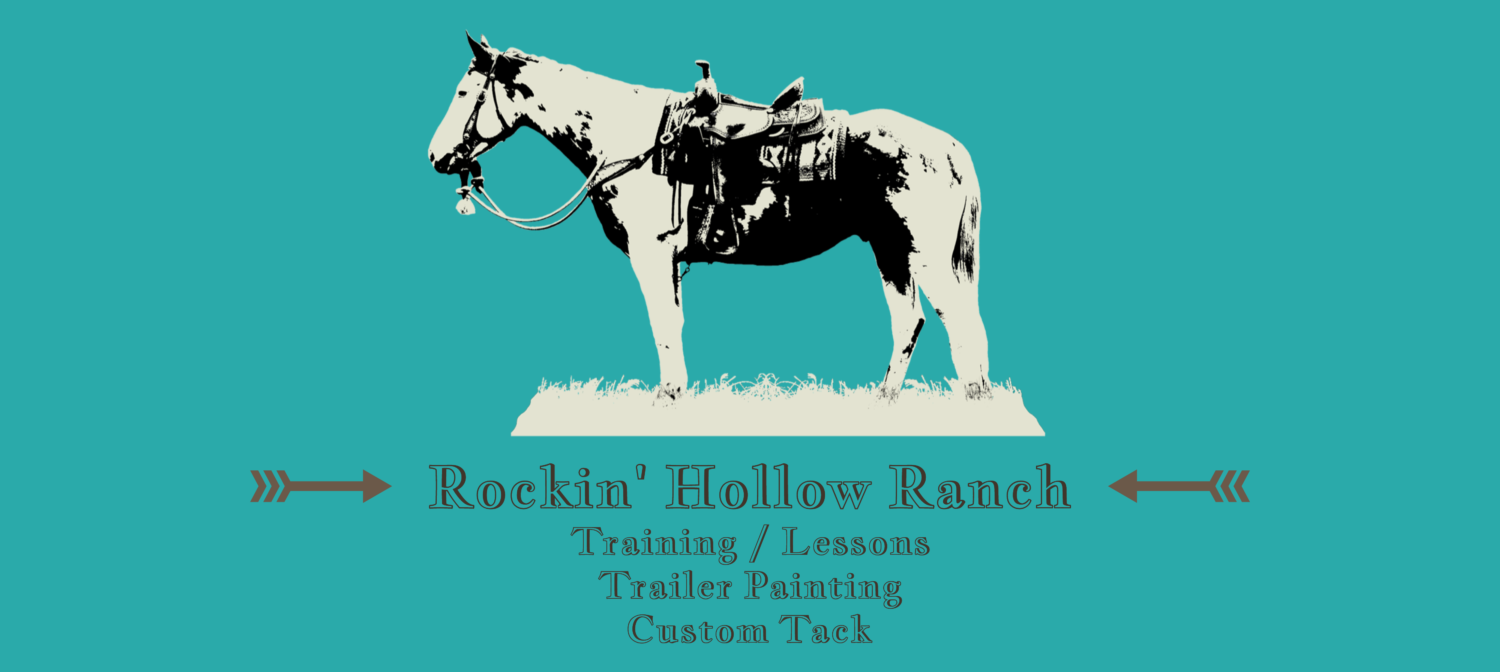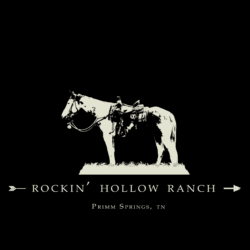I must confess. I do remember the days of buying All Stock at Tractor Supply to feed my horses and putting out red mineral blocks. I cringe at those memories now! In order to learn, one must be willing to open their mind to new possibilities. With my childhood horse’s diagnosis of Equine Cushings Disease or PPID (Pituitary Pars Intermedia Dysfunction), I found myself tossed headfirst into the pit of equine nutrition. Lots of research went into teaching myself how to navigate facts from good marketing schemes. The beauty of this is that anyone can do the same research I did but with living in an Amazon Prime kind of world, most people don’t want to make the time to do it. That’s where people like me come into play!
Unfortunately, horses nutritional needs change as they age, they can change due to habitat changes, stress level, work load, or even moods. Some horses keep easier than others and some are just hard keepers. Each horse is different and as the song goes, “Different strokes for different folks.” That doesn’t give a pass to any horse owner though. Every horse is capable of being “nutritionally sound,” as they are also capable of being “nutritionally unsound.”
The truth of the matter is feeding your horse can be as simple or as complicated as you chose to make it. The most correct way to feed your horse is by analyzing your pasture and hay to see what is being supplied in adequate amounts, what is lacking, and what needs to be offset. Not everyone checks nutrient content on their hay and pasture but there are other ways to make sure your horse is getting enough of what they need.
Like humans, there are six nutrient categories that must be met to successfully feed your horse. I like to call these the “Stupendous Six.” They are: Carbohydrates, Proteins, Fat, Vitamins, Minerals, and Water.
Carbohydrates – Carbs are either Structural or Non-Structural. Structural carbs are found in roughage (hay) and forage (pasture) intake. Upon digestion, Structural Carbs are able to be broken down by the hindgut and converted into usable energy. Non-Structural carbs (NSC) are the sugars and starches that are mostly digested in the small intestine and are able to be more quickly converted into energy. These types of carbs are primarily found in grains and processed feeds. For horses with PPID, NSC is suggested to be at no more than 11% of the horses diet. I will talk more about PPID and diet in a future post.
Protein – Protein is necessary because it is broken down in the small intestine to form amino acids that in turn produce healthy coats, hooves, and muscle tone. There are 20 amino acids that horses need – 10 of which their bodies do not produce – but the main ones needed that are not naturally produced are lysine, methionine and threonine so that is why it’s important to make sure what you’re feeding supplies adequate levels of these proteins. I will get more into protein in another post.
Fats – Like people, horses need a healthy level of “good” fats in their diets. Fat is an easily digestible form of energy for the horse. The most common forms of fats in horse feeds today are soy, rice bran, and flax. Lots of flak seems to flow around feeding soy to horses due to the touted high estrogen levels and chemical processing but there are good forms of soy out there if you do your research to find them. Rice bran contains Vitamin B’s and Phosphorus but also has a very short shelf life and the Phosphorus to Calcium ratio is not balanced so that is also something to think about when designing your horse’s diet. Flax is my preferred method of adding fat to my horses diets. Flaxseed contains linoleic acid (LA) and alpha-linolenic acid (ALA). LA is your Omega-6 fatty acid and ALA is your Omega-3 fatty acid. A good rule of thumb is to aim for more Omega-3 and less Omega-6 as Omega-6 can be inflammatory. Flaxseed tends to be roughly 58% Omega-3 and 16% Omega-6. Another thing to note about flax is that flax meal is not the same as ground flax. Flax meal is whats left over after the oil has been extracted from the seed and ground flaxseed is the seed left in tact but ground for better absorption. Go for ground! We will discuss other “good” fats in another post.
Vitamins – Vitamins are organic compounds that act as fuel for certain components of the horse’s body. Vitamins can be divided into two components – Water-Soluble and Fat-Soluble. Water-Solable viatmins usually consist of your Vitamin B groupings and Vitamin C. These vitamins are hard to overdose on and are excreted through the horse’s system on a daily basis. They are most beneficial to the watery areas of the body. Fat-Soluble vitamins (Vitamin A, D, E, & K) function in the fatty tissues of the body and can be viewed as hormones in a sense because they are produced in one portion of the body but can function in another. They can also be considered toxic if over-consumed. Most of your Fat-Soluble vitamins can be supplied by adequate, quality pasture but there are many variables.
Minerals – Minerals are inorganic materials that are crucial in adequate amounts for certain system function within the horses’s body. Horses mineral needs change frequently with age, habitat, and workload. Most minerals can be supplied by pasture, balancers, traditional feeds, or supplements. In my area, we have a high iron content in the ground so added iron in all areas as mentioned above is frowned upon. This is why it’s so important to know your pasture and hay then do your research on mineral supplements based on what you know. The main minerals I seek for my horses are copper, zinc, magnesium, and iodine. Finding the perfect supplement in my area is extremely difficult. Thankfully, I’ve found a way to meet those requirements for my area by mixing my own supplement “mix” together since I’ve not really found anything cost effective that supports my needs.
Water – Water is so often overlooked and another thing to consider is most water that comes from the city can also have added iron. Fortunately, my barn is on a lovely spring that isn’t overrun with iron so we don’t have a need to filtrate, but some barns do. Like any mammal, horses need access to good, clean water at all times as they can drink 5-20 gallons in one day. I am not a huge fan of ponds unless they are maintained as they tend to be stagnant water and stagnant water can get gross and breed insects, but most creeks can be great water sources for the naturally kept horse as they are usually self cleaning and rarely freeze. Cleaning out water troughs is not always the most fun chore but I always ask myself, “Would I drink out of that?” If no, I clean the troughs. Typically that is about 2 times a week for me. I’ve seen some lovely naturally cleaning tanks that people have made also. Certain water foliage can create a natural filtration system in concrete tanks. If you’re like me you most likely have Rubbermaid tanks. They can grow algae pretty quickly. The best way I’ve found to combat algae is to spray my tanks with good ol’ Listerine before I refill. I keep a spray bottle of it in my barn and just spray the inside of the tank after I’ve scrubbed with Dawn and White Vinegar. It doesn’t hurt the horses and does really cut down the algae growth. Some days it pays to be a pool man’s daughter! 😉
If you have a nutritional question for your horse you may reach out to me via email, phone, or messenger. My consult rates are extremely reasonable and you can see pricing on the “Services Offered” tab. Also, if there is a topic you would like to me to discuss further in another post, please do let me know!
Happy Trails,
Rockin’ Hollow Ranch

